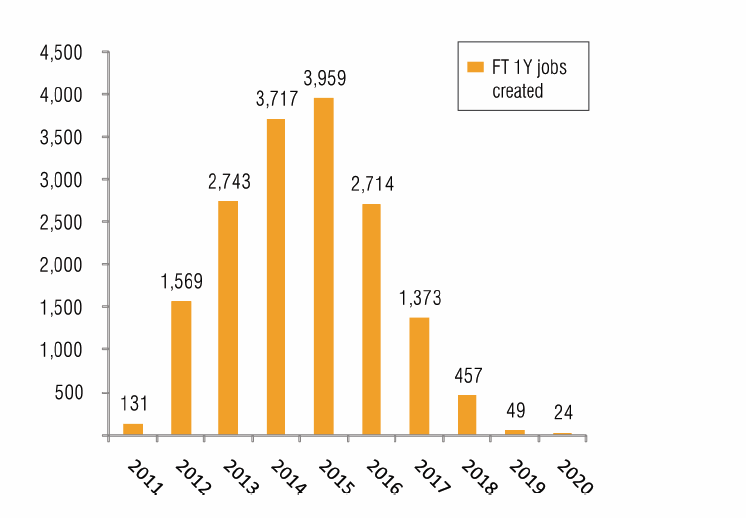
UNIVERSITY OF CALIFORNIA, IRVINE
INSTITUTE OF TRANSPORTATION STUDIES
Just as the Interstate Highway System transformed the way Americans live and where they work, high-speed rail has the same transformative potential. In the arena of transportation, it is a disruptive technology, with the power – as LaHood noted – to reshape entire regions and communities in a more sustainable manner. Southern California will be ground zero for this transformation: of the seven corridor segments identified in the California High Speed Rail Authority business plan, Los Angeles to Anaheim is currently the most advanced in the planning and environmental review process, and could see limited service commence as early as 2017.












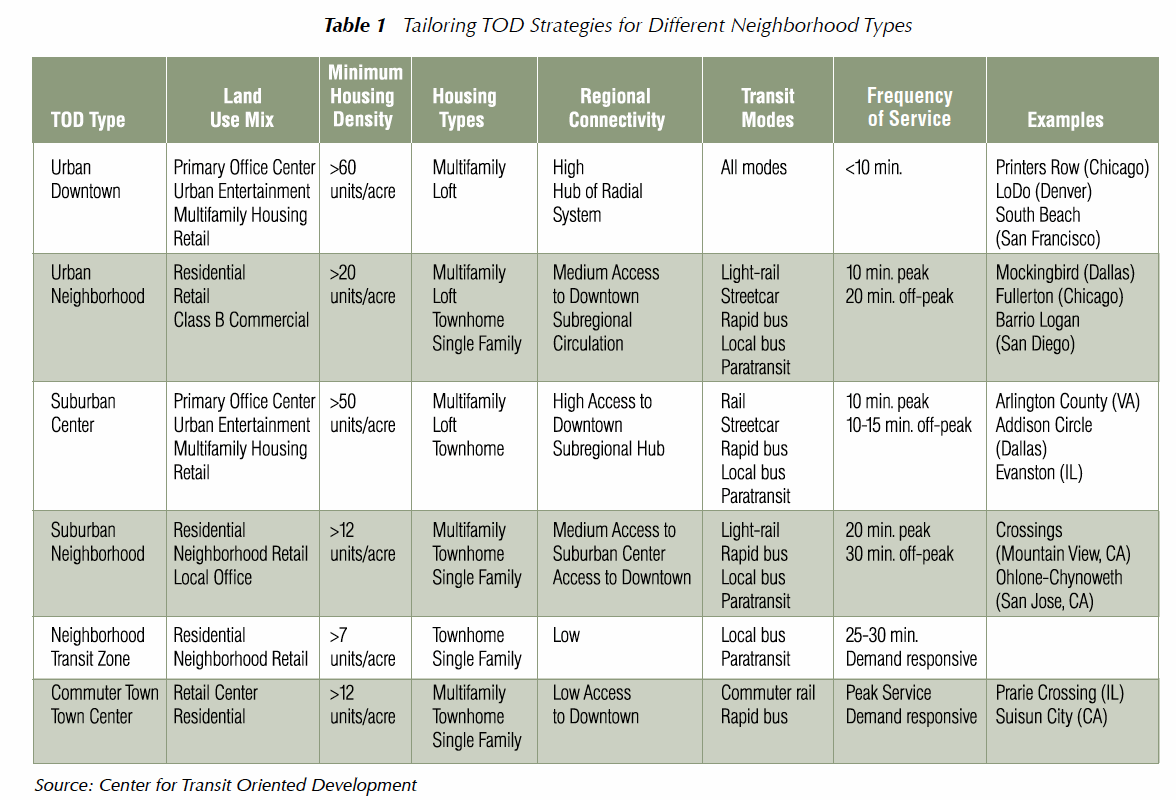

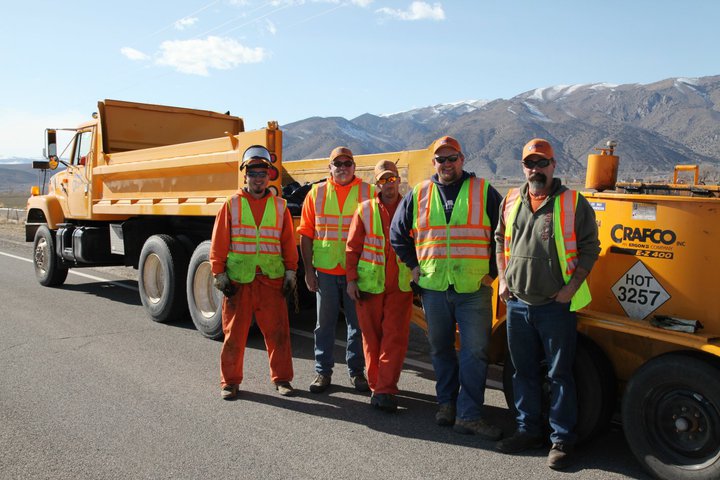
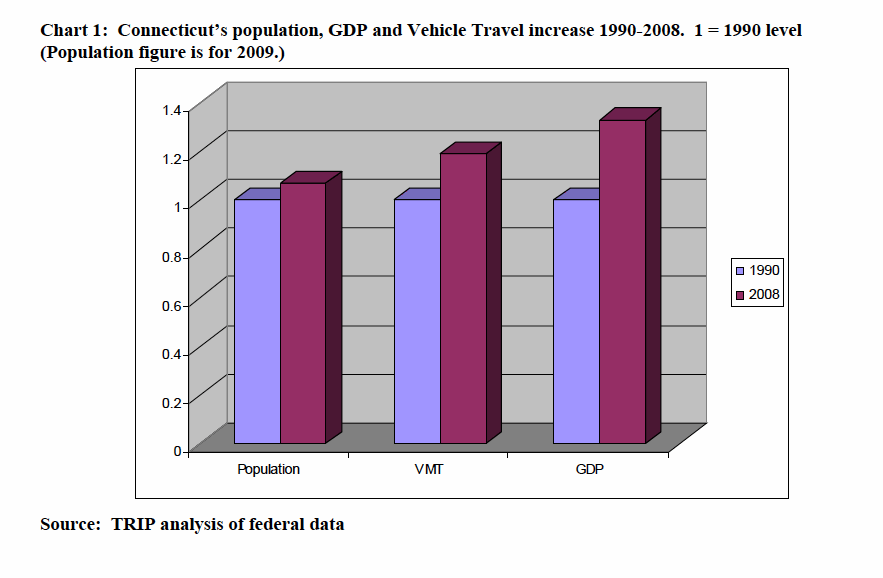
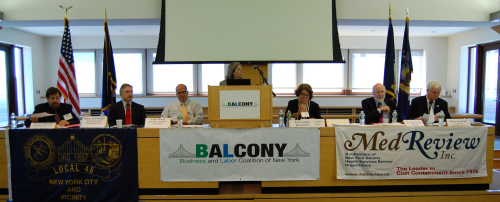
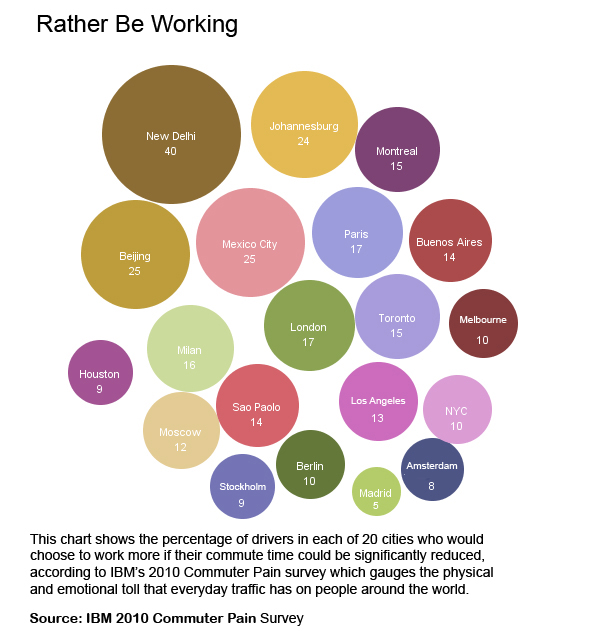
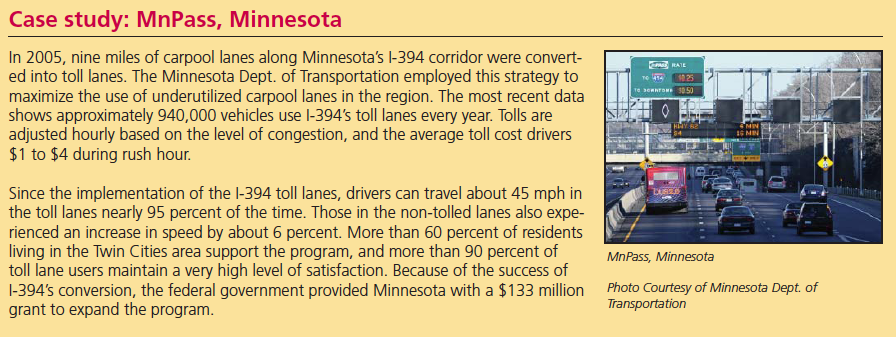

 RSS Feed
RSS Feed